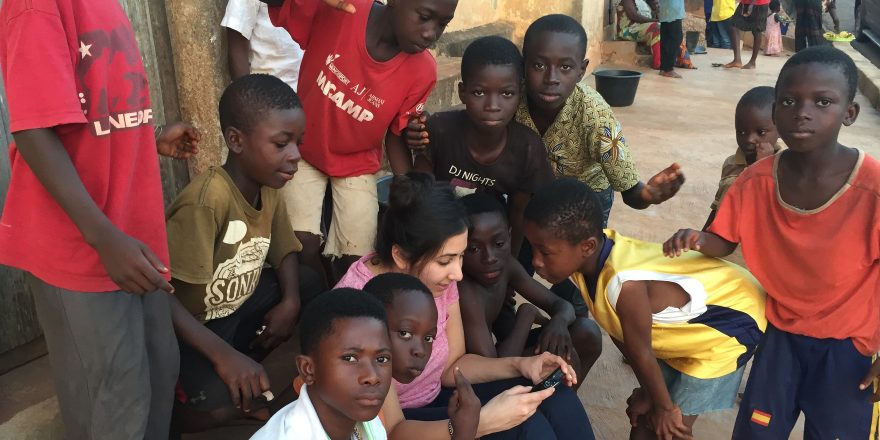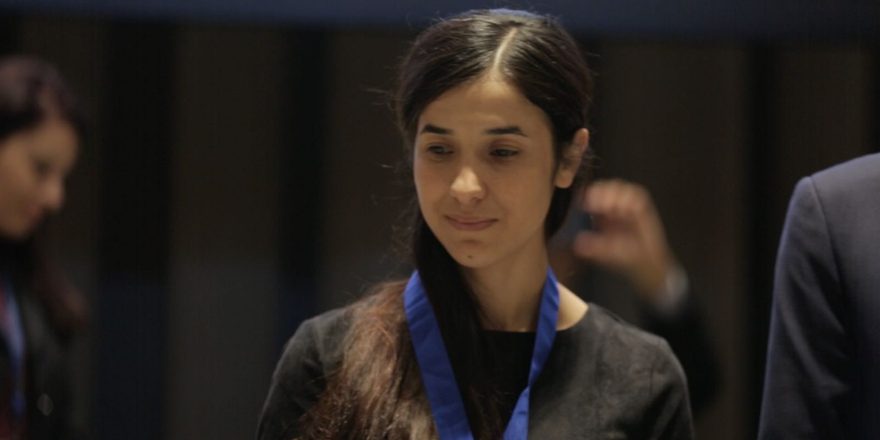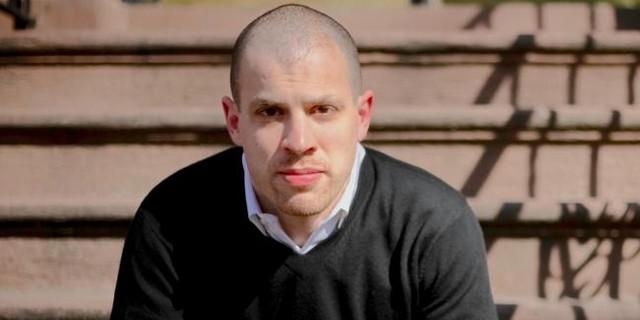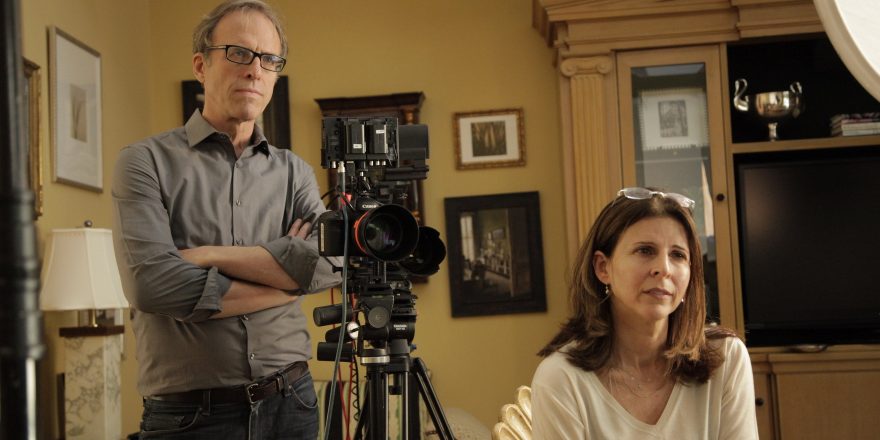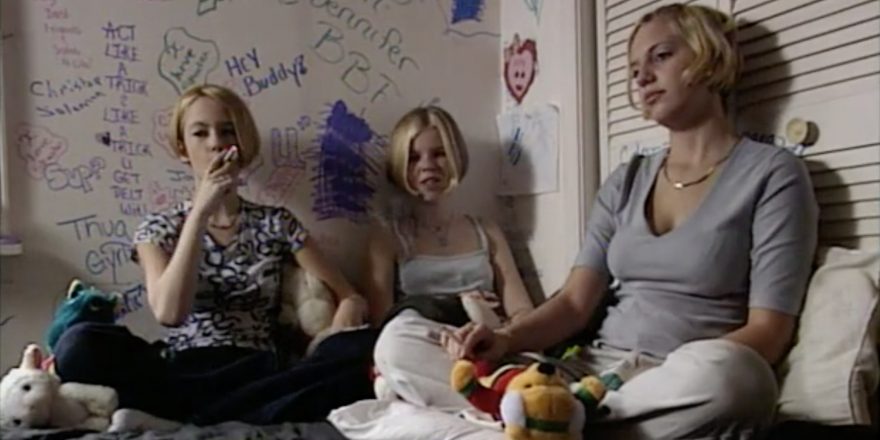For as long as I can remember, I have always wanted to make documentaries. The desire, fueled by my almost decade-long career as a journalist, was a shadow that frequently followed me. I don’t remember what exactly triggered it, but while working in the 24-hour cycle of television news, first at ABC News, then at Bloomberg TV and at CCTV America, I felt the need to live with some stories and characters just a little longer. Five minutes on the morning or nightly news show didn’t seem to do certain stories justice. Some of them just deserved more – more resources, more coverage, more attention, more time.
Four years ago, this desire to make documentaries reached fever pitch.
I was working on a story on China devaluing its currency in order to make its exports more attractive and I wondered, “Could this be the one?” The “one” being the story I decided was the perfect fit for me and I would end up giving years of my life to – essentially, the story I would be wedded to.
China – the World’s Largest Currency Manipulator was the working title. After spending weeks reading, researching and discussing with fellow journalists and editors, I decided it was going to be a struggle to make the topic work cinematically, so I moved on.
Weeks later, I was working on a story about JPMorgan and Goldman Sachs hiring the unqualified scions of China’s elite in order to win business contracts and again I wondered, “Could this be the one?” I lived with this idea for a few days and then quickly moved on.
A few months after that, I was sitting in front of Ellen Johnson Sirleaf, the then President of Liberia. Sirleaf was Africa’s first elected female head of state and had been leading Liberia for eight years.
As the cameras started rolling and I began interviewing her, she regaled me with stories of what it was like to be the Liberian president and, on most occasions, the only woman in Africa’s all-boys political club.
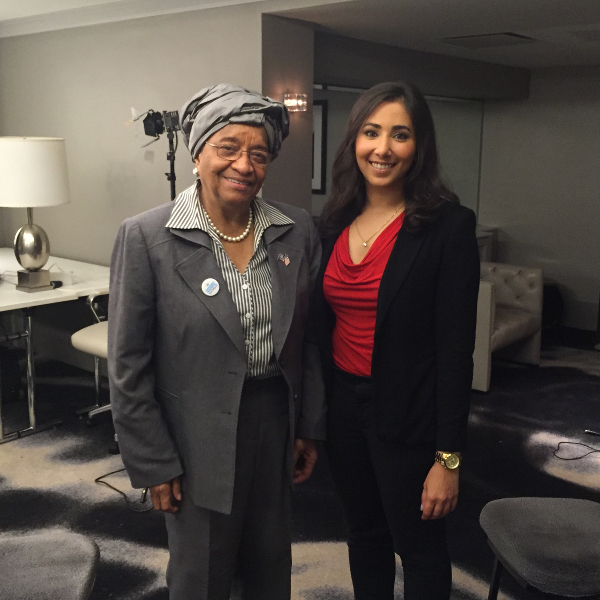
Sirleaf spoke about the Ebola crisis she had to steer her country through, the number of Liberians dying everyday as she worked around the clock with medical experts, foreign leaders and aid authorities to curb the rising death toll. In that moment, my mind drifted and I thought, “Could this be the one?” A biopic on Ellen Johnson Sirleaf would be fascinating, right?
After a few days of brainstorming and note-taking, I moved on once again.
This went on for a while. Many stories, many people, many interviews, and I became frustrated. I loved my job. Being a journalist was what I had always wanted to do. I was grateful for my career – working for an international news network, covering some of the biggest news stories of our time, having a voice in the important conversations taking place in the media, speaking to everyone from heads of state, to CEOS, authors, inventors and some of the brightest minds across the world. But I didn’t want my love of storytelling to be limited to just television news. I wanted to do more.
I knew there were good stories out there worthy of a feature documentary, characters worth spending hours with – but where were they?
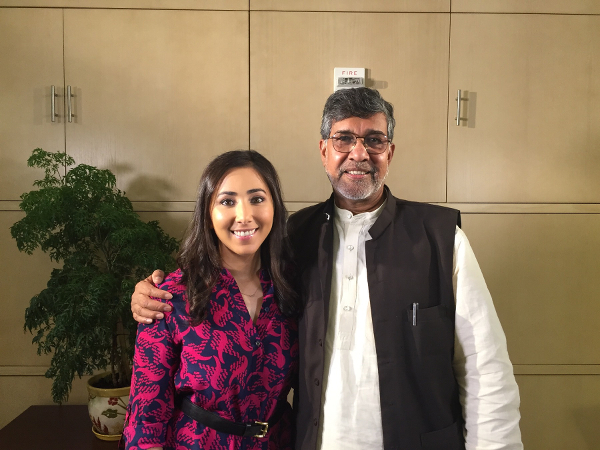
In October 2015, my producers lined up an interview with Nobel laureate Kailash Satyarthi, who famously shared his Nobel Peace Prize win with Malala Yousafzai.
We were in the midst of covering the United Nations General Assembly in New York City and Satyarthi was in attendance.
In a morning editorial meeting, we briefly discussed what we wanted to cover in the interview, and off I went to do my homework.
As I prepared for the interview and started reading articles online, I was completely captivated. Hours went by, and I couldn’t stop reading, watching, listening.
In 1980, Satyarthi gave up his comfortable career as an electrical engineer in order to dedicate his life to fighting for children’s rights. He went on to form Bachpan Bachao Andolan (Save Childhood Movement) and then created the Kailash Satyarthi Children’s Foundation, both focused on ending child labor and child trafficking.
Satyarthi traveled to farms, factories, shops and mines across India, often with a team of just a few people, and rescued child laborers, many times from dangerous conditions, and then helped these children with their rehabilitation and education.
Over the past 35 years, he has saved over 87,000 children from child labor, child trafficking and slavery.
Those numbers did not come easy.
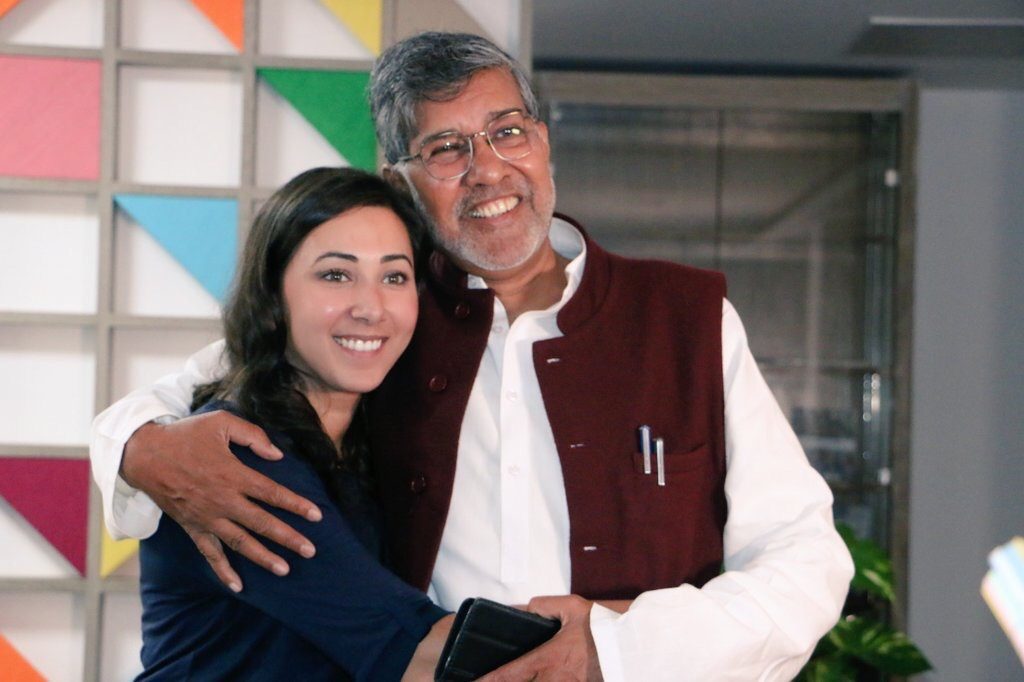
During many raids and rescue missions, Satyarthi was attacked, beaten and hospitalized. Some of his colleagues were even killed in the line of duty and his wife and children were no strangers to receiving death threats. Yet despite all the obstacles, Satyarthi remained steadfast in his mission to save the most vulnerable and destitute children.
Once, Satyarthi went on a hunger strike in an effort to draw attention to and secure the release of a group of trafficked Nepali girls working as circus performers in India. After a four-day hunger strike, as his organs began to slowly shut down, the girls were released and months later, as a direct result of his actions, India’s Supreme Court banned the use of children as circus performers.
I had tears in my eyes as I watched archival footage of the raids and interviews with the children – some of them so young they could barely speak properly, some of them who didn’t even know their own age or which town they came from.
Our interview couldn’t come soon enough.
As I sat across from Satyarthi, he was exactly how I imagined (and secretly hoped) he would be – warm, humble, soft-spoken and fiercely passionate. He was also funny. This, I did not expect.
As the cameras rolled, I was transfixed.
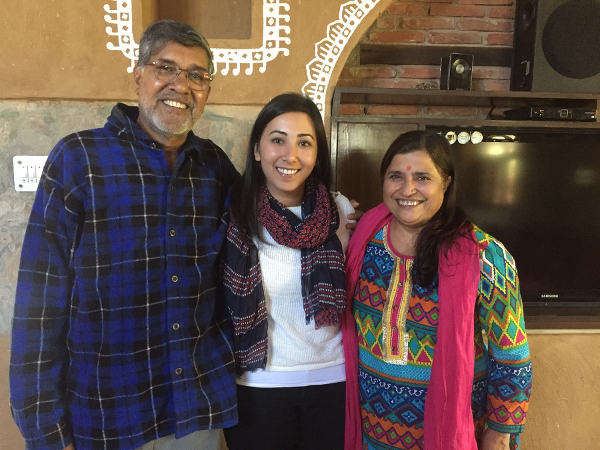
Satyarthi shared with me horrific stories of the pervasiveness of child labor and child trafficking, and he was also able to humanize those stories. He remembered the names and faces of some of the children he had rescued over the years and shared frightening anecdotes from raids in which he and his team came close to losing their lives.
There were also stories of hope as he spoke about the children living and studying in his rehabilitation center and boarding school, Bal Ashram.
As I listened to him talk, I was not only deeply moved, I also started to feel embarrassed.
I consider myself a well-read person, yet I had no idea there are roughly 200 million child laborers around the world. I had no idea that tens of millions of children are working in the supply chains of some of the world’s biggest companies, and that so many of them are trafficked or held in debt bondage. I had no idea that there are children as young as 10 years old harvesting tobacco in the United States and suffering from nicotine poisoning.
When Satyarthi spoke about what it means to be a child, to have a childhood, a foundation you can build the rest of your life on, to have the most basic of human rights, to have freedom – I thought to myself, “This is the one, this is it.”
I just knew it.
I neither discussed it with anyone nor solicited any opinions. I didn’t research for days. I didn’t feverishly take notes. I just recognized that I had found the film I was going to make and allowed that knowledge to sink in.
Two months later, I was in my hometown of New Delhi for Christmas.
As luck (or destiny) would have it, Delhi is also one of the the cities Satyarthi calls home.
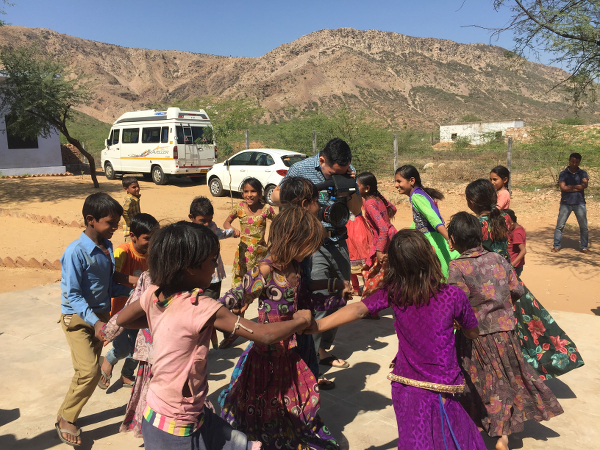
I met Satyarthi for lunch at his office and told him I was going to make a documentary on his life, his work and the issue of child labor. He smiled so wide his face lit up and he said, “Let’s do it.”
We discussed certain angles and story ideas, not reaching any conclusions, but ended our afternoon with a hug and the promise to work together.
A few weeks later, back in New York, I had a meeting with Academy Award-winning filmmaker Charles Ferguson, who later became the producer of my documentary Invisible Hands. Charles loved the idea but also encouraged me to make a film that was more global in nature.
One snowy afternoon, we spent hours discussing the issues, industries, countries and companies that were going be in the film. We also talked about cinematographers, editors, financiers and, occasionally, the world at large.
As I sat across the table from Charles, I realized: “This is it. I’m officially in pre-production of my first feature documentary.”


